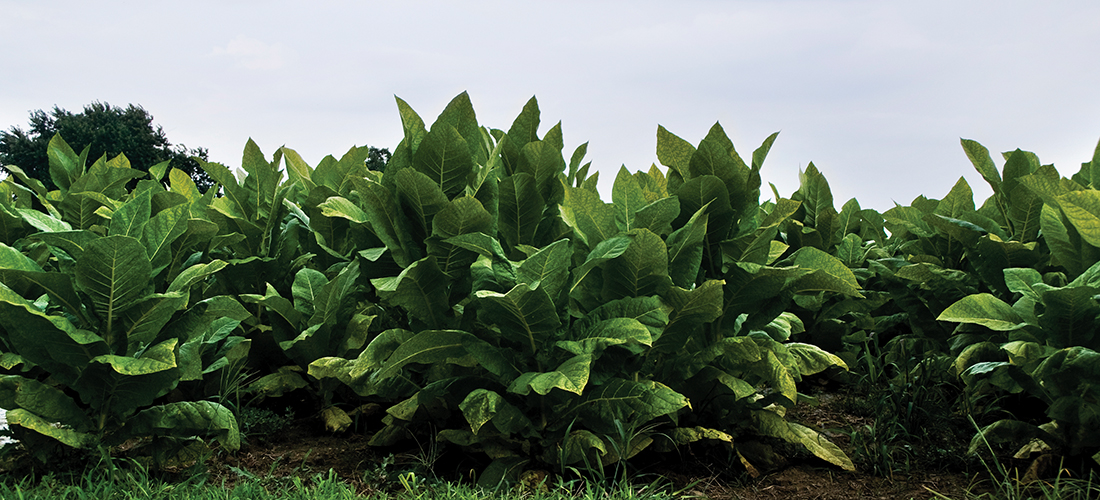Mother was a city girl who became a whiz at making things grow
By Joyce Reehling
The last time I pulled a weed in a vegetable patch was somewhere in the ’60s, and I don’t mean my age. Our family lived in a rural part of Maryland, and we always had a vegetable garden. We had tomatoes of several varieties, corn, lettuces and other things that came and went. Some vegetables got kicked off the list if we didn’t like them, or they didn’t grow and can well.
My mother was a city girl from Baltimore, and the idea that she ended up plunked down in a rural county and adapted so well to the life is nothing short of a miracle. She had my twin sister and me, which was enough to kill some women right there. She learned to can or, as a friend always said, “put up,” tomatoes — stewed and otherwise — green beans, corn and I don’t know what all. She did it to save money, which our little family needed.
Our beloved neighbor, John Howard, came down our long gravel drive with his team of horses and a plow to churn up our back garden area. There was plenty of room for long rows of corn and tomatoes, beans and what you will. John loped down the lane and set to work while we twins badgered him with questions about the horses.
Once done, we waited for Dad to return from some sales trip. Now, this was not your semi-glamorous business trip. Dad drove a 1953 Chevy, his car of choice until he threw her over for a Fiat and its scarce spare parts — another story and another reason my mother showed restraint. His territory meant days, and sometimes weeks, on the road. No fancy hotels for him, just clean, humble motels. It sounded like a great life to us as kids. Now, I know better.
He took great joy in the garden planting. When he left on his next trip, it was Mom and her child laborers who watered, weeded and harvested. Mainly weeded. We were told to weed in the early morning but, to our eternal regret, always put it off. There is no joy in weeding — not no way, not no how.
But, the perfect joy of playing in the hot sun and grabbing a ripe tomato, washing it off under the hose with cold water pumped from our well cannot be equaled. There is something about the heat of the sun in the tomato, and the cold of the well water on the skin. Delicious and pristine in flavor.
The canning would begin, and the heat in the kitchen was nearly unbearable. Air conditioning was years in the future. My mom, slight as she was, was lifting big pots of water and bunches of hot jars. My ears still ring with, “You get away from there while I do this,” words spoken only around the hot water. I can see her still with her hair plastered against her head, red-faced and determined. Gardening was not for the faint of heart, then or now, if you are not blessed with a cool place to “put up.”
Mom had more gardens than I can count. She put up tons of food and managed not to kill anyone while she did it. Nor did she take to drink or drugs which, given the heat, a set of twins and, later, two other girls 18 months apart, tells you a lot about inner strength.
My father took charge of the garden when he was home. A Marine in World War II, he assumed control — if not expertise — and ran us like a little battalion. It’s true, we did not always cry when his car pulled out of the drive. Weeding can do that to you.
The year my father planted enough potatoes to feed all of Maryland was almost the end. We had potatoes piled so high in the dirt cellar you couldn’t see a 12-year-old child on the other side. Rebellious cries of “not more potatoes” began to be heard at dinner in our home.
It is only a strong woman who doesn’t either leave or take up a gun after a summer like that. Women have the strength of 10 when it comes to the must-dos of life. Stand back and bet on ’em each and every time. Or starve. PS
Joyce Reehling is a veteran actor of stage and screen and an old friend of PineStraw.










